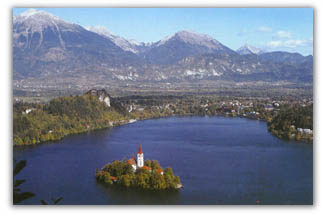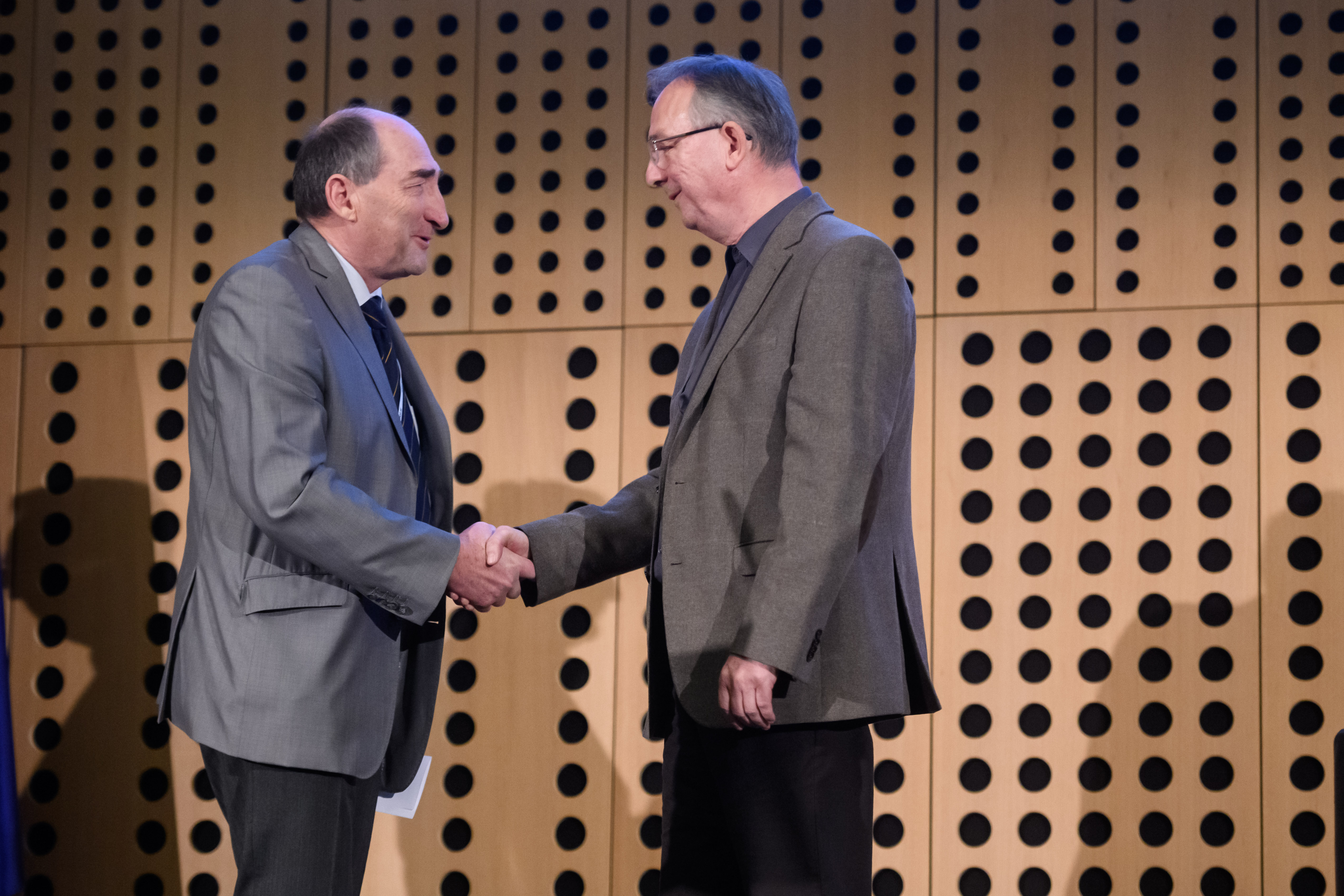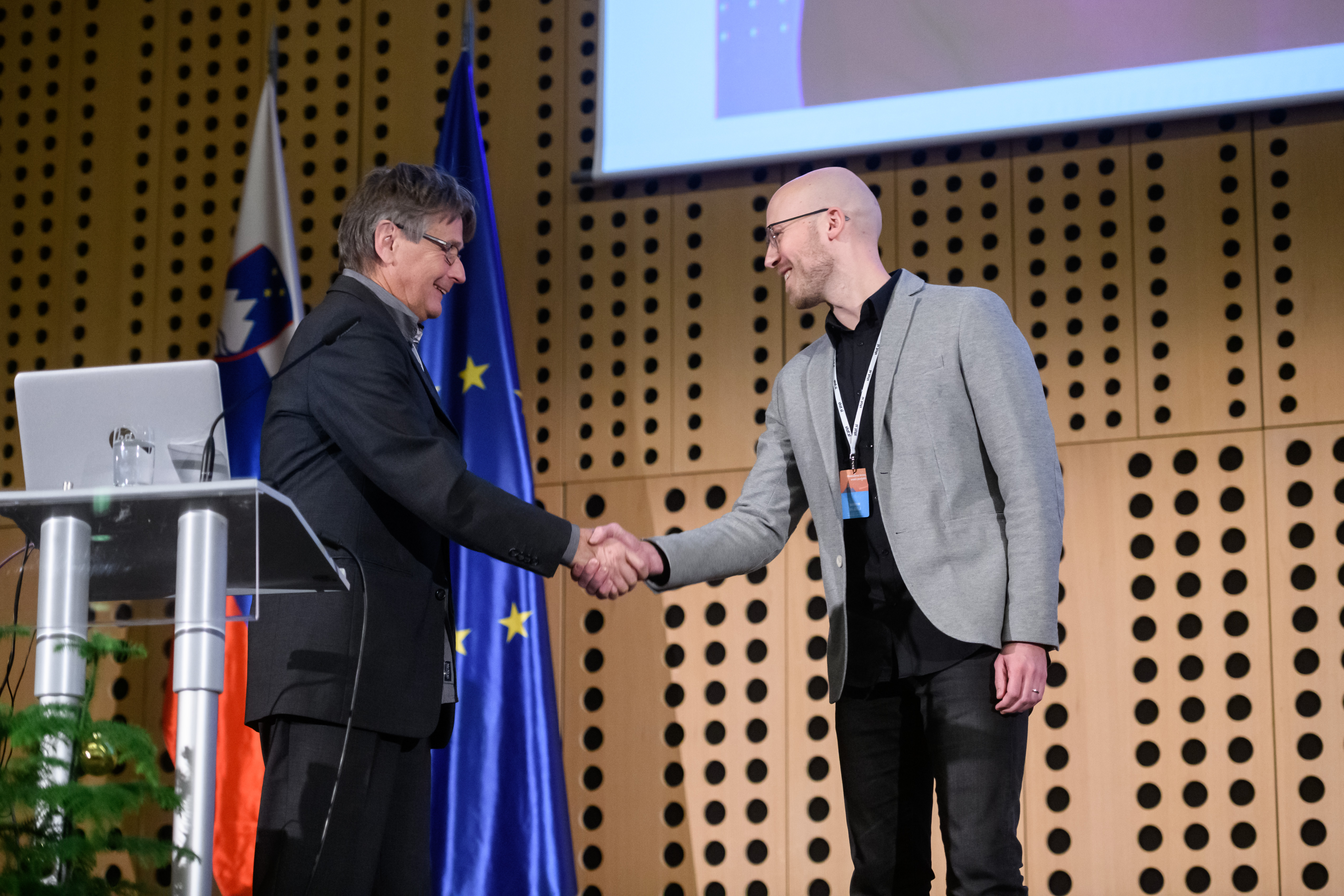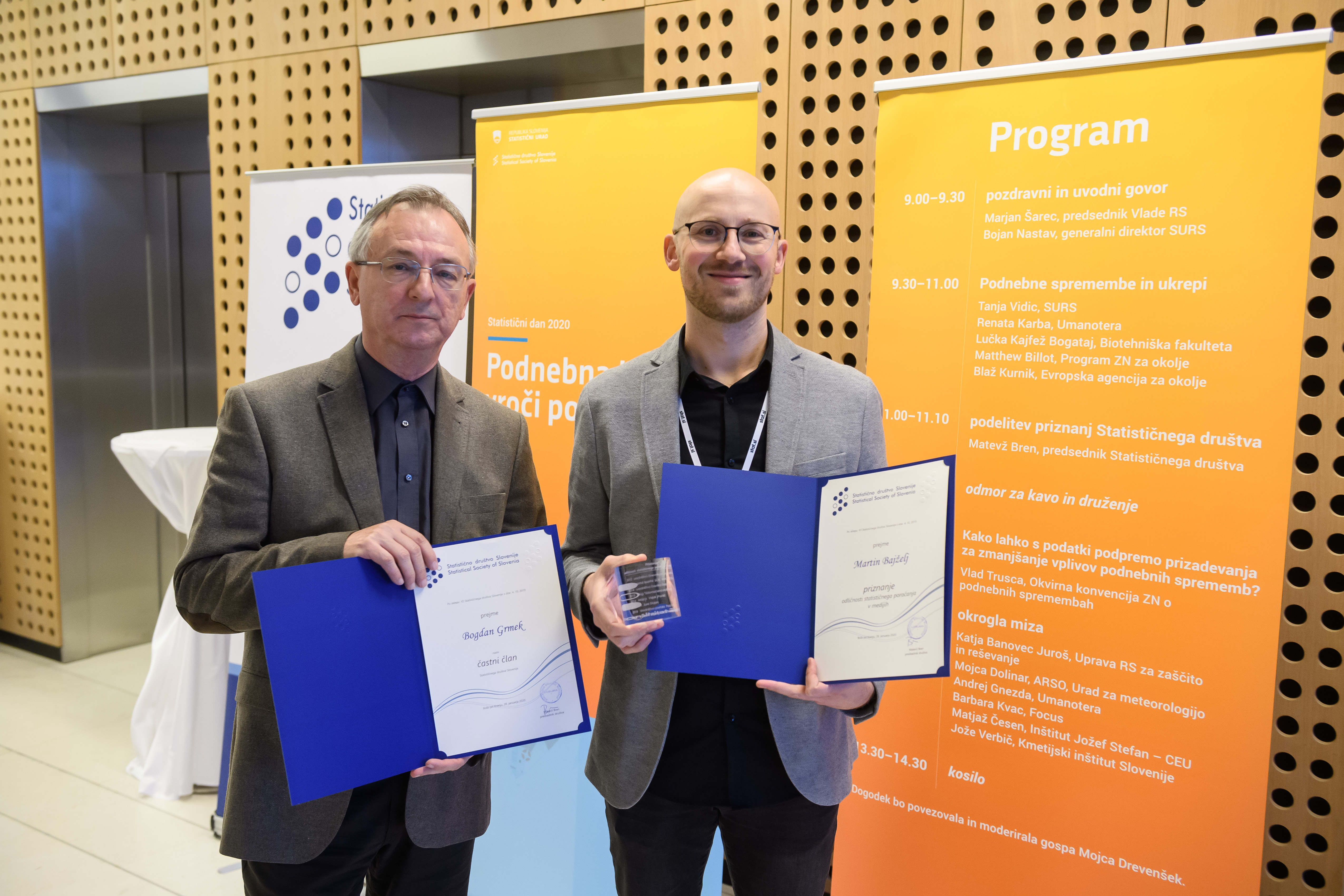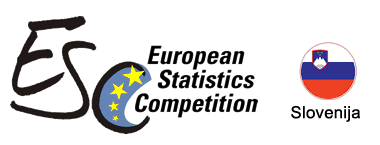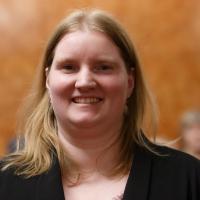Advances in Methodology and Statistics
An Empirical Likelihood Ratio Based Comparative Study on Tests for Normality of Residuals in Linear Models
2019 Chioneso Show Marange and Yongsong Qin; 16(1):1-16
The application of goodness-of-fit (GoF) tests in linear regression modeling is a common practice in applied statistical sciences. For instance, in simple linear regression the assumption of normality of residuals is always necessary to test before making any further inferences. The growing popularity of the use of powerful and efficient empirical likelihood ratio (ELR) based GoF tests in checking for departures from normality in various continuous distributions can be of great use in checking for distributional assumptions of residuals in linear models. Motivated by the attractive properties of the ELR based GoF tests the researchers conducted an extensive Type I error rate assessment as well as a Monte Carlo power comparison of selected ELR GoF tests with well-known existing tests against symmetric and asymmetric alternative OLS and BLUS residuals. Under the simulated scenarios, all the studied tests have good control of Type I error rates. The Monte Carlo experiments revealed the superiority of the ELR GoF tests under certain alternatives of both the OLS and BLUS residuals. Our findings also demonstrated the superiority of OLS over BLUS residuals when one is testing for normality in simple linear regression models. A real data study further revealed the applicability of the ELR based GoF tests in testing normality of residuals in linear regression models.
Download the paper
Download the supplementary information (Appendix)
Mechanisms Generating Asymmetric Core-Cohesive Blockmodels
2019 Marjan Cugmas, Aleš Žiberna and Anuška Ferligoj; 16(1):17-41
The paper addresses the relationship between different local network mechanisms and different global network structures, described by blockmodels. The research question is narrowed to the context of preschool children networks. Based on the studies regarding friendship, liking and interactional networks among preschool children, the popularity, transitivity, mutuality and assortativity mechanisms are assumed to be important for the evolution of such networks. It is assumed that the global network structure is defined by an asymmetric core-cohesive blockmodel consisting of one core group of units and two or more cohesive groups of units. Therefore, the main research question is whether the emergence of an asymmetric core-cohesive blockmodel can be a result of the influence of the listed mechanisms. Different initial global network structures are considered. Monte Carlo simulations were used. The relative fit measure is proposed and used to compare different blockmodel types on generated networks. The results show that the listed mechanisms indeed lead to the assumed global network structure.
Download the paper
Download the supplementary information (Appendix)
Two Stage Adaptive Cluster Sampling based on Ordered Statistics
2019 Girish Chandra, Neeraj Tiwari and Raman Nautiyal; 16(1): 43-60
The estimation problem on sparsely distributed populations using adaptive cluster sampling (ACS) is discussed. In the first phase of ACS, two stage sampling is used in which primary and secondary sampling units are selected using simple random sampling without replacement. The idea of Thompson (1996) is introduced in order to choose an appropriate fixed value of pre-specified condition, which might represent the number of rare species, before conducting the survey by the use of order statistics. Different estimators of the population mean under the two possible schemes (open and closed boundaries of primary sampling units) are studied and the Rao-Blackwell theorem for improving these estimators is also used. Numerical illustrations, one on real life data and the other based on simulation study, are discussed for these two schemes. This design may be quite useful in environmental, forestry and other areas of research dealing with rare, endangered or threatened species.
Download the paper
Download the supplementary information (Appendix)
Effects of the Same-Gender vs. Cross-Gender Mentoring on a Protégé Outcome in Academia: An Exploratory Study
2019 Metka Kogovšek and Irena Ograjenšek; 16(1): 61-78
Mentoring seems to be an important way to start and advance individual researcher’s career in science. Therefore, it is essential to examine the factors related to successful mentoring in order to find ways of efficiently supporting young academics on their career development path. Building on the similarity-attraction and social identity theories, our research indicates that gender similarity in academic mentoring might be related to the protégés’ postdoctoral publication scores that lead to career advancement. The scores in a typical five-year publication cycle are higher for the protégés situated within same-gender mentoring dyads. Furthermore, the mentors’ research performance importantly adds to the protégés’ postdoctoral research performance.
Download the paper
Delphi Method: Strengths and Weaknesses
2019 Danica Fink-Hafner, Tamara Dagen, May Doušak, Meta Novak, and Mitja Hafner-Fink; 16(2): 1-19
The paper presents the Delphi method and tests its usefulness when searching for a consensus on definitions, especially in a particular social science field. Based on an overview of the characteristics and uses of the Delphi method, a special Delphi design for searching for minimal common definitions of globalisation, Europeanisation and internationalisation in higher education and their mutual relationships is presented in detail. While the method proved valuable, its strengths and weaknesses are also discussed. Finally, ideas for adjusting the Delphi method are proposed.
Download the paper
Wellbeing Assessment Yardstick: Evidence from the Elderly Wellbeing across Russian Subnational Macro-Regions
2019 Irina Pavlova, Ilya Gumennikov, Evgeny Monastyrny, and Elena Golubeva; 16(2): 21-40
Although Russia manifests some dynamics in its national policy on ageing, it still lacks comprehensive tools for the older generation wellbeing assessment both on national and regional levels. This research work is an ongoing project aimed at the development of the composite index (composite indicator) to assess the elderly population wellbeing in Russia for cross-regional comparison to equip Russian policy-makers with an essential tool and relevant reliable data to facilitate the decision-making and policy design at national, regional and local levels. The paper discusses the possibility of selecting relevant data from the pool of the official state statistics indicators to assess the elderly generation’s wellbeing in 85 regions of the Russian Federation by four index domains (economic, social, health and regional environment dimensions). Due to a high geographical and territorial heterogeneity, this index can be advised to be adopted as a potential tool to monitor wellbeing across Russian regions with the focus on policy development for macro-regions. This grouping of regions can minimize transaction costs of bargaining on behalf of the 85 regions while developing national policies and strategies. The paper employs the Russian Elderly Wellbeing Index (REWI) to compare calculation results for 2014 and 2016 as well as addresses the issue of elderly population wellbeing analysis on the meso level in the context of federal districts. The authors run cluster analysis for the REWI indicators to compare clusters of Russian regions and federal districts.
Download the paper
Download the supplementary information (PDF file)
Measuring Personal Networks with Surveys
2019 Tina Kogovšek and Valentina Hlebec; 6(2): 41-55
Like in other fields of inquiry in the social sciences, in social network research the most frequently used measurement method is the survey. Compared with other measurement objects such as networks of opinions, attitudes or values, measurement is more complex and thus often more challenging. Measurement typically occurs in two main phases. First, network units are measured (generated). Second, the relationships among the units and other unit characteristics (e.g. demographic properties) are determined, while some specific questions arise as to whether whole or egocentric (personal) networks are to be measured. In this paper, we limit ourselves to measuring personal networks, especially when compared with different methods for generating networks. There are five basic approaches to generating a personal network: name generator, role generator, event generator, positional generator, and contextual generator. Each is associated with particular research goals, costs (financial, time, respondent burden), advantages, and limitations. Moreover, the complexity and specifics of generating networks mean one must consider the characteristics of data collection modes (e.g. face-to-face, telephone, web). In this sense, we will present the advantages and limits of various methods of generating personal networks, evaluate them critically and comparatively, and illustrate them with often used examples.
Download the paper
Download the supplementary information 1 (PDF file)
Download the supplementary information 2 (PDF file)
Download the supplementary information 3 (PDF file)
Download the supplementary information 4 (PDF file)
The Bad Mathematics of the Bad Luck Theory
2019 Mariia Beliaeva; 6(2): 58-69
The mathematics of the Bad Luck theory of carcinogenesis by Tomasetti and Vogelstein generated a great deal of controversy among cancer specialists but did not draw the mathematicians’ attention. Thus the gross mathematical mistakes of the theory foundation did not get a proper critique and remained unnoticed. As a result, the sensational quantitative estimates of the role of Bad Luck in cancer occurrence, though being erroneous, have spread widely among researchers and the general public and got the unfair popularity. The present paper reviews the actual mathematical mistakes of Bad Luck theory.
Download the paper
